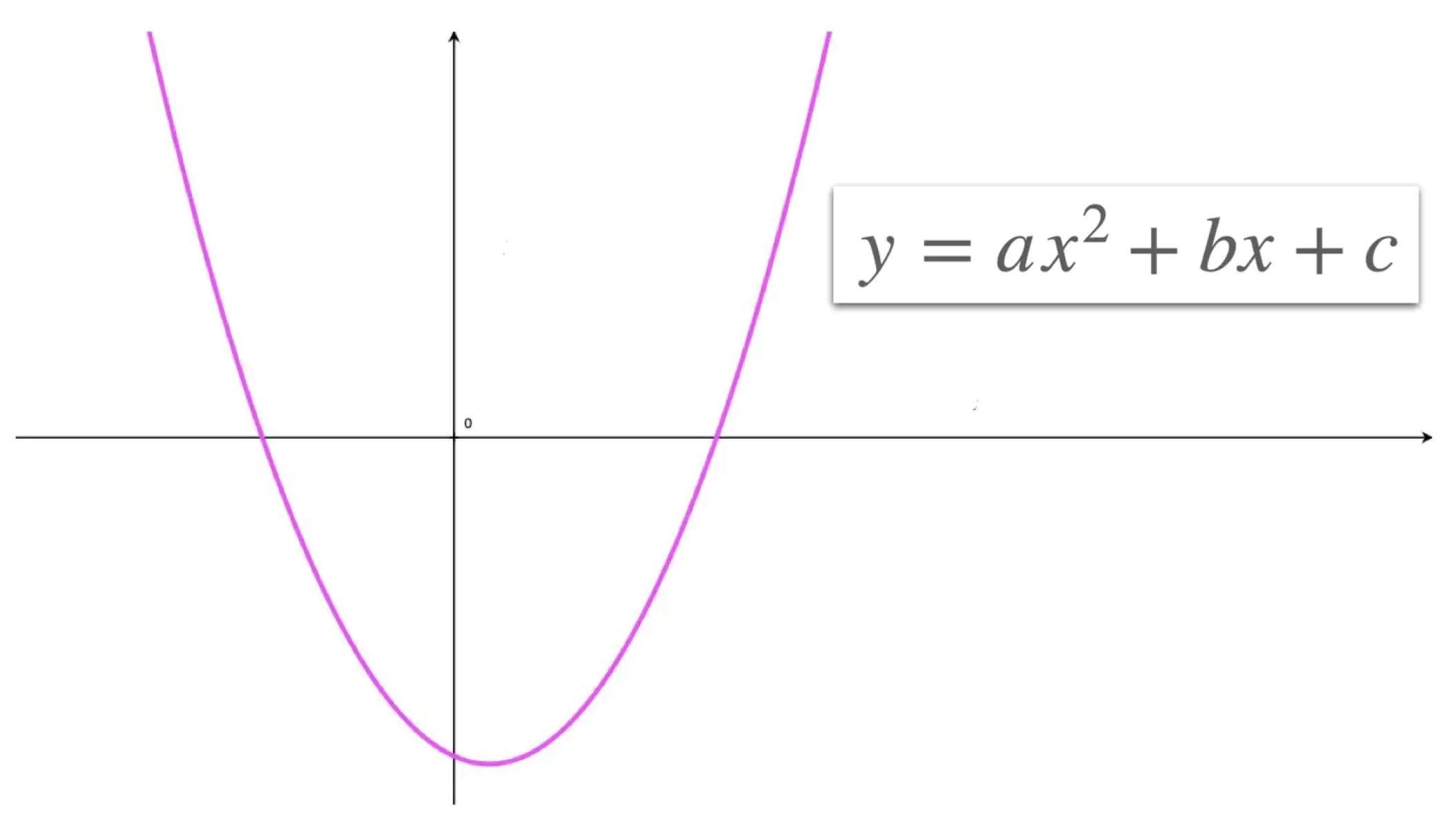

Education
How To Annotate A Book
Published: February 29, 2024
Learn how to effectively annotate a book with our comprehensive guide. Improve your study skills and enhance your education with these valuable tips.
(Many of the links in this article redirect to a specific reviewed product. Your purchase of these products through affiliate links helps to generate commission for Regretless.com, at no extra cost. Learn more)
Table of Contents
Introduction
Annotating a book is a powerful technique that transforms the act of reading into an interactive and deeply engaging experience. It involves marking up a text with notes, highlights, and symbols to capture insights, questions, and reflections. This practice not only fosters a deeper understanding of the material but also cultivates a personal connection with the content.
When you annotate a book, you are not merely a passive reader; you become an active participant in a dialogue with the author. Your annotations serve as a testament to your intellectual journey through the pages, creating a personalized roadmap of your thoughts and reactions. This process of interaction and interpretation elevates the act of reading from a solitary pursuit to a dynamic exchange of ideas.
Whether you are delving into a classic novel, a thought-provoking essay, or a scholarly text, the act of annotation empowers you to engage with the material on a profound level. It allows you to capture fleeting insights, pose thought-provoking questions, and make connections that might otherwise slip through the cracks of memory.
In the following sections, we will delve into the art of annotation, exploring the various tools and techniques that can enhance your reading experience. From uncovering the nuances of fiction to dissecting the complexities of non-fiction, we will unravel the strategies that can transform your reading sessions into vibrant and interactive explorations. By the end of this journey, you will be equipped with the knowledge and skills to embark on a transformative annotation adventure, enriching your reading experience in ways you never thought possible.
Read more: How To Fill Out Receipt Book
Why Annotate a Book?
Annotating a book serves as a conduit for active engagement with the text, fostering a profound connection between the reader and the material. By immersing oneself in the act of annotation, readers transcend the role of passive observers and become active participants in a dynamic dialogue with the author's ideas.
When you annotate a book, you are not merely skimming the surface of the text; rather, you are delving into its depths, mining for insights, and unraveling layers of meaning. This process transforms reading from a solitary endeavor into a vibrant exchange of ideas, where the reader's thoughts and reactions intertwine with the author's words.
Annotating a book empowers readers to capture fleeting thoughts, profound realizations, and lingering questions. It provides a tangible record of the reader's intellectual journey, preserving moments of clarity and sparking new connections. These annotations serve as a personalized roadmap, guiding readers through the labyrinth of ideas and themes that populate the text.
Moreover, the act of annotation cultivates a deeper understanding of the material. By actively engaging with the text, readers can dissect complex concepts, identify recurring motifs, and trace the evolution of characters and ideas. This process not only enhances comprehension but also fosters critical thinking, as readers are prompted to analyze, evaluate, and synthesize the material.
Furthermore, annotating a book nurtures a sense of ownership over the material. It transforms the text from a static entity into a dynamic canvas for personal expression. Readers can mark passages that resonate with them, jot down their reactions, and pose questions that invite further exploration. This personalized interaction with the text imbues the reading experience with a sense of intimacy and authenticity.
In essence, annotating a book transcends the act of reading; it becomes a transformative journey of exploration, discovery, and self-expression. It empowers readers to forge a deep and meaningful connection with the material, transforming the reading experience into a vibrant and interactive endeavor.
Tools for Annotating
Annotating a book is a multifaceted endeavor that can be greatly enhanced by utilizing a variety of tools. These tools not only facilitate the annotation process but also enrich the reading experience, allowing readers to engage with the text in dynamic and interactive ways. Here are some essential tools for effective annotation:
1. Highlighters and Pens
Highlighters and pens are fundamental tools for annotating a book. They allow readers to mark significant passages, underline key points, and jot down marginal notes. Different colors can be used to denote various categories of annotations, such as important themes, character development, or notable quotes. This visual differentiation aids in organizing and revisiting annotations with ease.
2. Sticky Notes
Sticky notes are invaluable for capturing extended thoughts, posing questions, or flagging sections for further exploration. They provide a flexible and removable medium for annotations, allowing readers to expand on ideas without cluttering the margins of the book. Additionally, sticky notes can be arranged and rearranged, enabling readers to visualize the interconnectedness of their annotations.
Read more: Book Your Table At Applebee’s Now!
3. Digital Annotation Tools
In the digital age, numerous software and applications offer advanced annotation capabilities. E-readers and reading apps provide features for highlighting, adding notes, and bookmarking pages. These digital tools often include search functions, making it effortless to revisit specific annotations. Furthermore, some platforms enable users to export annotations, facilitating the organization and integration of digital notes into study materials.
4. Symbols and Abbreviations
Developing a personalized system of symbols and abbreviations can streamline the annotation process. Symbols such as asterisks, exclamation marks, or question marks can denote different types of annotations, while abbreviations can succinctly capture recurring themes or concepts. This shorthand system enhances efficiency and clarity in annotating, allowing for quick comprehension of the reader's insights.
5. Index Cards
Index cards offer a portable and versatile means of annotation. Readers can use index cards to record summaries, key quotes, or thematic connections. These cards can be arranged and rearranged, serving as building blocks for deeper analysis and essay writing. Their compact size makes them ideal for on-the-go annotation and study sessions.
By leveraging these tools, readers can elevate their annotation practice, transforming the act of reading into an immersive and intellectually stimulating experience. Each tool serves as a catalyst for deeper engagement with the text, empowering readers to capture, organize, and synthesize their thoughts in a personalized and meaningful manner.
How to Annotate Fiction
Annotating fiction presents a unique opportunity to delve into the intricate tapestry of storytelling, character development, and thematic exploration. By employing a thoughtful approach to annotation, readers can unravel the nuances of fiction and extract profound insights from the narrative. Here's a comprehensive guide on how to annotate fiction effectively:
1. Identify Key Themes and Motifs
Before delving into the text, take note of recurring themes, symbols, and motifs. These elements often serve as the backbone of the narrative, weaving together the fabric of the story. By identifying and annotating these thematic threads, readers can gain a deeper understanding of the author's intent and the underlying messages embedded within the fiction.
2. Character Analysis
Annotating fiction involves closely examining the development of characters throughout the story. Track the evolution of key characters, noting pivotal moments, internal conflicts, and relationships with other characters. Annotations can include character traits, motivations, and the impact of their actions on the plot. By capturing these insights, readers can gain a comprehensive understanding of the characters' roles in shaping the narrative.
3. Dialogue and Language
Pay close attention to dialogue and language usage within the fiction. Highlight impactful conversations, witty remarks, or significant exchanges that reveal character dynamics or advance the plot. Additionally, annotate instances of figurative language, metaphors, and symbolism to uncover layers of meaning embedded in the narrative.
4. Plot Structure and Pacing
Annotating the plot structure and pacing is essential for comprehending the flow of the story. Mark key plot points, twists, and turning moments that drive the narrative forward. Additionally, note the pacing of the story, identifying moments of tension, climax, and resolution. These annotations provide a roadmap of the story's progression and contribute to a deeper appreciation of the author's storytelling techniques.
5. Emotional Responses
Engage with the fiction on an emotional level by annotating your personal reactions and responses. Jot down moments that evoke strong emotions, raise thought-provoking questions, or elicit empathy for the characters. These annotations serve as a testament to the impact of the narrative on the reader and contribute to a more immersive reading experience.
By employing these strategies, readers can transform the act of reading fiction into a rich and interactive exploration. Through thoughtful and purposeful annotation, the layers of storytelling, character dynamics, and thematic depth within fiction can be unraveled, leading to a profound and enriching reading experience.
How to Annotate Non-Fiction
Annotating non-fiction presents a unique set of opportunities for readers to engage with factual information, critical analysis, and real-world perspectives. Effectively annotating non-fiction texts involves a strategic approach that encompasses capturing key concepts, evaluating evidence, and synthesizing complex ideas. Here's a comprehensive guide on how to annotate non-fiction effectively:
-
Identify Key Arguments and Evidence
Before delving into the text, identify the central arguments and supporting evidence presented by the author. Annotate these key elements to highlight the author's main points and the factual basis for their claims. By capturing the core arguments and evidence, readers can gain a clear understanding of the author's perspective and the foundational pillars of the non-fiction work.
-
Critical Analysis
Annotating non-fiction involves critically analyzing the author's reasoning and the validity of their claims. Engage with the text by questioning the logic behind the arguments, evaluating the credibility of the sources cited, and noting any potential biases. Annotations can include critical questions, counterarguments, and assessments of the author's persuasive techniques. This critical analysis fosters a deeper engagement with the material and encourages readers to approach non-fiction texts with a discerning mindset.
-
Contextual Connections
Non-fiction texts often reference historical events, societal trends, or academic discourse. Annotate instances where the author establishes connections to broader contexts, such as historical precedents, cultural influences, or contemporary relevance. By capturing these contextual connections, readers can gain a holistic understanding of the subject matter and appreciate the multidimensional layers of non-fiction discourse.
-
Data and Statistics
In non-fiction works that incorporate data, statistics, or empirical evidence, annotations should focus on highlighting numerical figures, key data points, and the implications of statistical findings. Additionally, readers can annotate their interpretations of the data, potential trends, and the significance of statistical evidence in reinforcing the author's arguments. This approach facilitates a deeper comprehension of the quantitative aspects of non-fiction texts.
-
Personal Reflections and Applications
Engage with the non-fiction material by annotating personal reflections, real-world applications, or connections to current events. Jot down how the concepts discussed in the text resonate with personal experiences, professional insights, or societal observations. These annotations serve as a bridge between the text and the reader's lived experiences, fostering a more profound and relevant engagement with non-fiction content.
By employing these strategies, readers can transform the act of reading non-fiction into a dynamic and intellectually stimulating experience. Thoughtful and purposeful annotation of non-fiction texts enables readers to navigate complex ideas, critically evaluate arguments, and extract meaningful insights from factual and informative content.
Tips for Effective Annotation
Effective annotation is not merely about marking up a text; it is a strategic and mindful approach to engaging with the material in a profound and meaningful manner. Here are essential tips to elevate your annotation practice and enrich your reading experience:
-
Selective Highlighting: Rather than indiscriminately highlighting large swathes of text, focus on selectively marking key phrases, insightful passages, and pivotal moments. This approach ensures that your annotations serve as signposts for significant content, facilitating efficient review and reflection.
-
Marginal Notes: Utilize the margins of the text to jot down concise notes, questions, and reflections. Keep your annotations succinct and focused, capturing the essence of your thoughts without overwhelming the page with excessive commentary.
-
Personalized Symbols and Codes: Develop a personalized system of symbols, codes, and abbreviations to streamline your annotations. Whether it's asterisks for important points, question marks for areas of confusion, or exclamation marks for impactful moments, a consistent shorthand system enhances the clarity and organization of your annotations.
-
Contextual Connections: Make connections between the text and external references, such as historical events, cultural allusions, or personal experiences. By contextualizing the material within broader frameworks, you can deepen your understanding and appreciate the multidimensional layers of the content.
-
Revisiting and Revising: Periodically revisit your annotations and engage in a process of revision. Add supplementary notes, refine your initial insights, and reassess the significance of your annotations in light of your evolving comprehension of the material.
-
Interactive Dialogue: Treat your annotations as a dialogue with the author, engaging in a thoughtful exchange of ideas. Pose questions, offer interpretations, and respond to the text as if you were in a dynamic conversation, fostering a deeper connection with the author's ideas.
-
Digital Annotation Tools: If utilizing digital platforms, leverage the advanced features of e-readers and annotation software. Explore functionalities such as searchable annotations, exportable notes, and collaborative annotation tools to enhance the accessibility and organization of your annotations.
-
Thematic Color Coding: Employ a color-coded system for highlighting different themes, character arcs, or argumentative elements within the text. This visual differentiation aids in categorizing and synthesizing annotations, providing a visual roadmap of the textual landscape.
By integrating these tips into your annotation practice, you can transform the act of reading into an immersive and intellectually rewarding experience. Thoughtful and purposeful annotation not only deepens your comprehension of the material but also fosters a personal connection with the text, enriching your reading journey in profound ways.
Conclusion
In conclusion, the art of annotation transcends the act of reading, transforming it into a dynamic and interactive endeavor. Whether engaging with the complexities of fiction or navigating the factual terrain of non-fiction, effective annotation empowers readers to forge a deep and meaningful connection with the material. By capturing insights, posing questions, and making contextual connections, readers embark on a transformative journey of exploration, discovery, and self-expression.
The process of annotation serves as a testament to the reader's intellectual journey, preserving moments of clarity and sparking new connections. It fosters a deeper understanding of the material, enabling readers to dissect complex concepts, identify recurring motifs, and trace the evolution of characters and ideas. Moreover, annotation nurtures a sense of ownership over the material, transforming the text from a static entity into a dynamic canvas for personal expression.
By leveraging a diverse array of annotation tools, from traditional highlighters and pens to digital annotation platforms, readers can elevate their annotation practice, transforming the act of reading into an immersive and intellectually stimulating experience. Each tool serves as a catalyst for deeper engagement with the text, empowering readers to capture, organize, and synthesize their thoughts in a personalized and meaningful manner.
Furthermore, the tips for effective annotation, such as selective highlighting, personalized symbols and codes, and revisiting and revising, provide a roadmap for readers to enhance their annotation practice. By integrating these strategies, readers can transform the act of reading into an immersive and intellectually rewarding experience. Thoughtful and purposeful annotation not only deepens comprehension of the material but also fosters a personal connection with the text, enriching the reading journey in profound ways.
In essence, the journey of annotation is a testament to the transformative power of active engagement with the written word. It empowers readers to unravel the nuances of storytelling, critically evaluate factual information, and cultivate a profound connection with the material. Through the art of annotation, the act of reading transcends its traditional boundaries, becoming a vibrant and interactive exploration of ideas, themes, and narratives.












